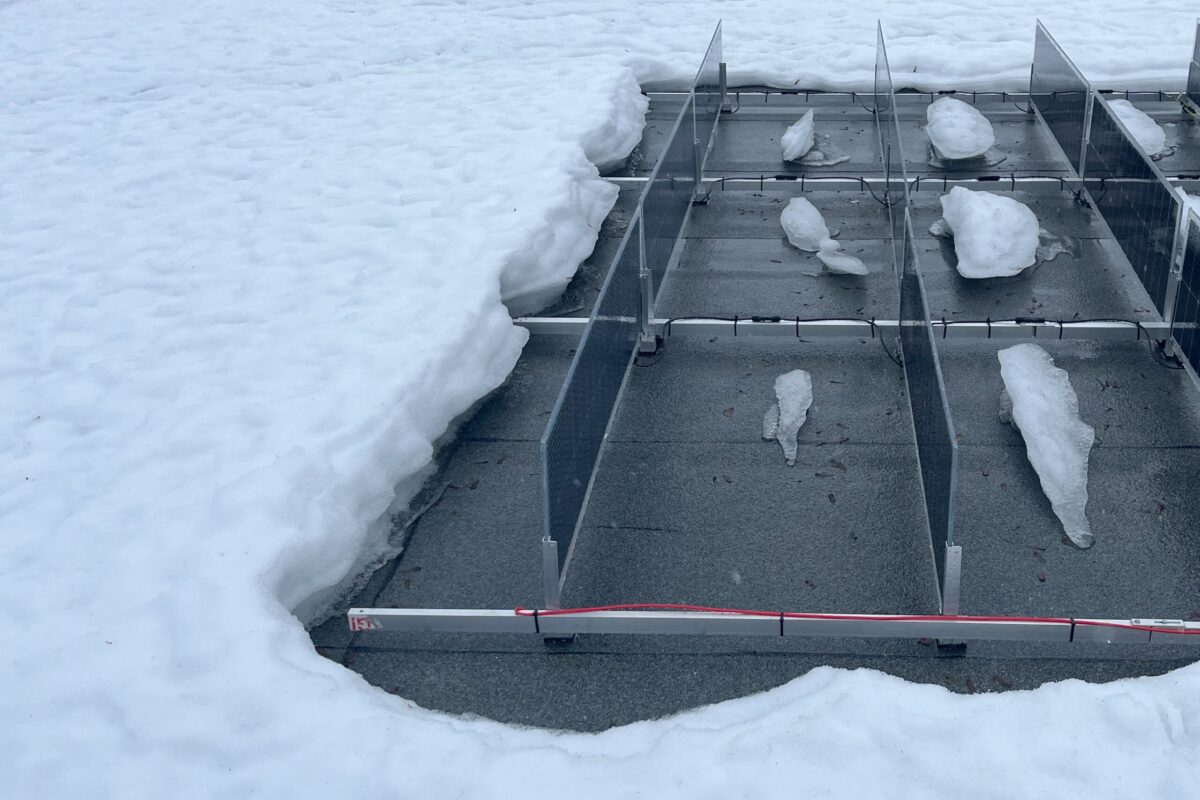A European consortium is developing miniaturized in space propulsion devices that operate without propellants. They are based on electrodynamic tether technology integrating perovskite-copper indium gallium diselenide (CIGS) tandem solar cells.
A recently launched project known as E.T.COMPACT, short for Compact and Propellant-less Electrodynamic Tether, aims to develop a “green” propulsion system that could be used to de-orbit or maneuver. spacecraft without relying on heavy propellants on board.
“The main challenge of the project is to reach technology readiness level four (TRL 4) for an ultra-compact propellant-less, in-space green-propulsion mobility module (GMM) fed with solar energy and based on electrodynamic tether technology,” Gonzalo Sánchez-Arriaga project coordinator at University Carlos III of Madrid (UC3M), told pv magazine.
This type of propulsion has the potential to “considerably reduce” satellite costs while significantly increasing the proportion of usable satellite mass, freeing up space for scientific experiments, antennas, or cameras, according to Martin Tajmar, the chair of space systems at Technical University Dresden.
The project includes developing bare-photovoltaic tethers (BPT) that integrate perovskite-CIGS tandem cells with a 2-terminal configuration on one side of the long conductive tether strips.
“The BPT should meet challenging requirements like for instance being able to be stored in a reel of small radius, being compatible with the space environment, and having a power conversion efficiency larger than 12%,” said Sánchez-Arriaga, noting that the team is currently doing a trade-off analysis to define things like solar cell dimensions and substrates.
Describing the project’s BPT and electrodynamic tether technology, Sánchez-Arriaga said, “For the GMM of E.T.COMPACT we are targeting a tether length of a few hundreds of meters. However, an interesting characteristic of tethers is that they are scalable in the sense that their length and width can be designed according to the mass of the satellite, its orbits and propulsion needs. For instance, a 1 km-long tape tether with a width of 2.5 cm and PV cells printed on one side provides an area of 25 m2.”
Considering that the solar constant is around 1.3kW/m2, the BPT concept has “high potential” when combining bare tether and photovoltaic technologies in a single device, according to Sánchez-Arriaga.
The electrodynamic tethers are long, conductive strips that can be attached to satellites. “When moving through the earth's magnetic field, these tethers generate a voltage. This creates a closed circuit between the tether and the surrounding plasma atmosphere or the ionosphere. The force acting on the conductive strip is known as the Lorentz force. This principle is also used in classic electric motors,” stated the researchers.
This force, however, can not be defined as electric propulsion. “In the space domain people understand that electric propulsion means plasma thrusters, which need propellant,” explained Sánchez-Arriaga, noting that chemical propulsion and electric propulsion use hydrazine and xenon or krypton, respectively.
The €4 million ($4.1 million) three-year project is funded by the European Innovation Council Pathfinder program. The consortium includes researchers from perovskite specialist Halocell Europe, based in Italy, CIGS module manufacturer Sunplugged, based in Austria, Persei Space, a Spanish spinoff of UC3M, Deimos Engineering and Systems, a unit of Madrid-based Deimos Space, an aerospace technology company, along with University of Padua, TU Dresden and UC3M.
This content is protected by copyright and may not be reused. If you want to cooperate with us and would like to reuse some of our content, please contact: editors@pv-magazine.com.



By submitting this form you agree to pv magazine using your data for the purposes of publishing your comment.
Your personal data will only be disclosed or otherwise transmitted to third parties for the purposes of spam filtering or if this is necessary for technical maintenance of the website. Any other transfer to third parties will not take place unless this is justified on the basis of applicable data protection regulations or if pv magazine is legally obliged to do so.
You may revoke this consent at any time with effect for the future, in which case your personal data will be deleted immediately. Otherwise, your data will be deleted if pv magazine has processed your request or the purpose of data storage is fulfilled.
Further information on data privacy can be found in our Data Protection Policy.